Oscar and Mary von Sydow Collection
The collection mirrors early 20th century Gothenburg. It includes key materials on the local history of Gothenburg and Bohuslän, printed from the 17th century onward. Further, it represents the von Sydow's fervent interest in the city and its surroundings. The collection also includes various ephemera such as invitations, menus and photographs, providing a unique window on Gothenburg social life in the days of Oscar and Mary von Sydow.
About the collection
In its entirety, the collection amounts to some 750 volumes, as well as about 400 brochures and photographs, small prints and booklets from the 1600s through to the mid-20th century. The majority of the material concerns Gothenburg, and has been issued in the 19th and 20th centuries, with a main focus on the 1920s and 30s. Here, the reader can experience what the upper class ate during their dinner parties, get a view of the city, read speeches and presentations, and meet the people who lived and worked in Gothenburg.
Beyond its geographic cohesion, the collection is difficult to pin down topic-wise. It includes books on anything from local history, biology and architecture to biographical accounts and curiosities such as pamphlets, poetry, member lists, speeches and songs. An example of the latter is a small print of just a few leaves, with a song celebrating a West Coast sea resort: Visa om Lysekil, sjungen för badsällskapet vid marknadstillställningen d. 20 Juli 1868, written by one of the resort guests:
För Lysekil nu vill jag sjunga en sång,
Der nytta och nöje vi ha på en gång;
Ty här är det glädje och lif på hvar fest,
Och helsan – den sköter man här allra bäst.
The song represents a material type known as ephemeral prints, which are not individually catalogued. It can be found in the collection's archival box holding Göteborgiana, along with various programs, menus and other ephemeral prints. The box as a whole can be found in the library's online catalogue.
A much-represented feature in the collection are materials pertaining to the Gothenburg Tercentennial Jubilee Exposition held on May 8th - September 30th, 1923, where Oscar von Sydow was a key personage. The collection has a lot of material from this period, including prints on Gothenburg life in general and its high society in particular, pamphlets on various associations, societies and unions, guidebooks, magazines, exhibition catalogues and the police calendar Vägledare över Göteborg. For anyone seeking information on a particular company, or just looking to learn more about the people who once lived and worked in the city, the Göteborgs adress- och Industrikalender is a virtual goldmine. Here are addresses, lists of company employees and board member lists for everything from the Svenska Likbränningsföreningens Lokalafdelning i Göteborg - the Gothenburg local faction of the Swedish cremation association - to the Sällskapet för uppmuntran af öm och sedlig modersvård, the society for encouragement of loving and moral motherly care.
Through the many memorial publications on - among other things - banks, shipping companies, golf clubs and wholesalers' companies, the pride in the city and in the various individual enterprises can be gleaned. The collection includes a handful of photos taken by Gothenburg photographer Torsten Hedlund (1855–1935) and the photographic atelier of the Gothenburg Museum, the Göteborgs musei fotografiska atelier.
The von Sydows themselves are a prominent feature of the collection, with invitations and menus from dinner parties and other functions they attended, several with handwritten marginalia such as guest lists and the like. Some of the books have handwritten dedications from the authors, made out to Mary and Oscar von Sydow. An entirely unique piece is the fanciful and detailed manuscript painted by west Swedish artist Nils Wedel and commissioned by the County Agricultural Society, as a gift to Oscar von Sydow on the occasion of his 50th birthday.
Overall, the Oscar and Mary von Sydow Collection is an exciting time capsule, providing a unique glimpse of Gothenburg life in mainly the first few decades of the 20th century.
Acquisition history
The Oscar and Mary von Sydow Collection was presented in 1958 to the Gothenburg City Library, currently the Gothenburg University Library, by the sons of the von Sydows, foreign councillor Erik von Sydow and director Kristian von Sydow. The donation was originally managed as two separate collections - one with materials on Gothenburg, and one on Bohuslän.
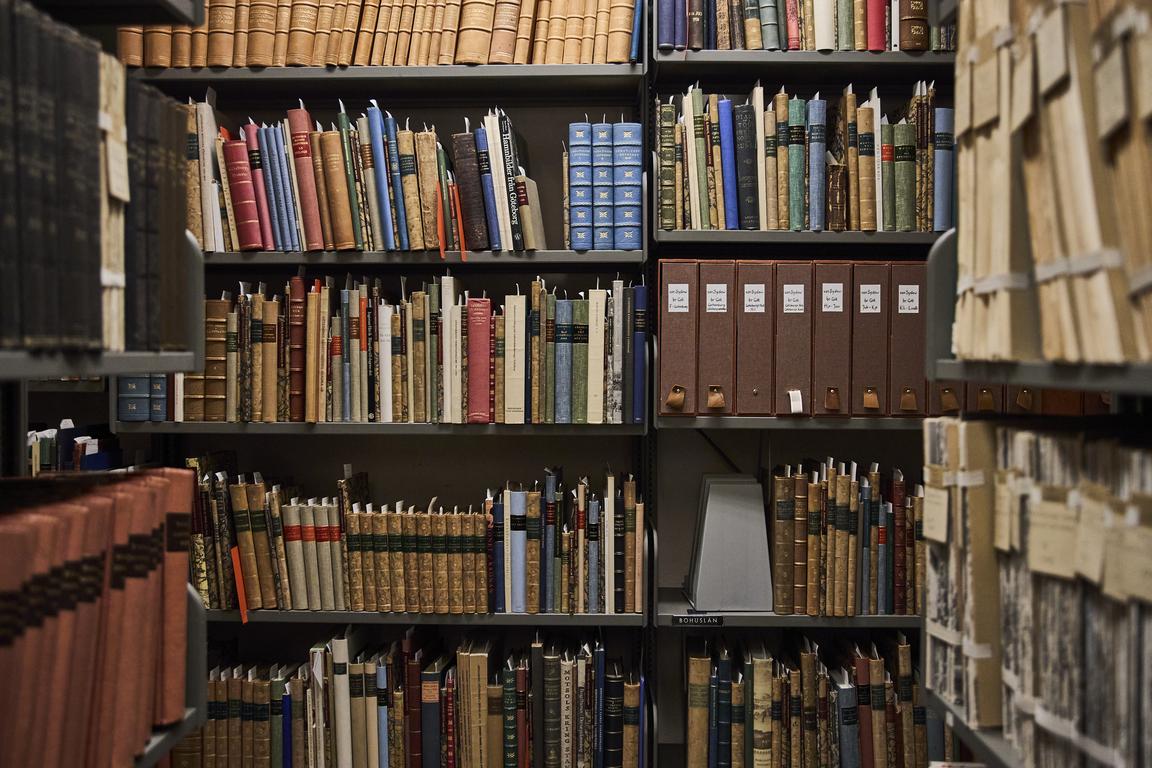
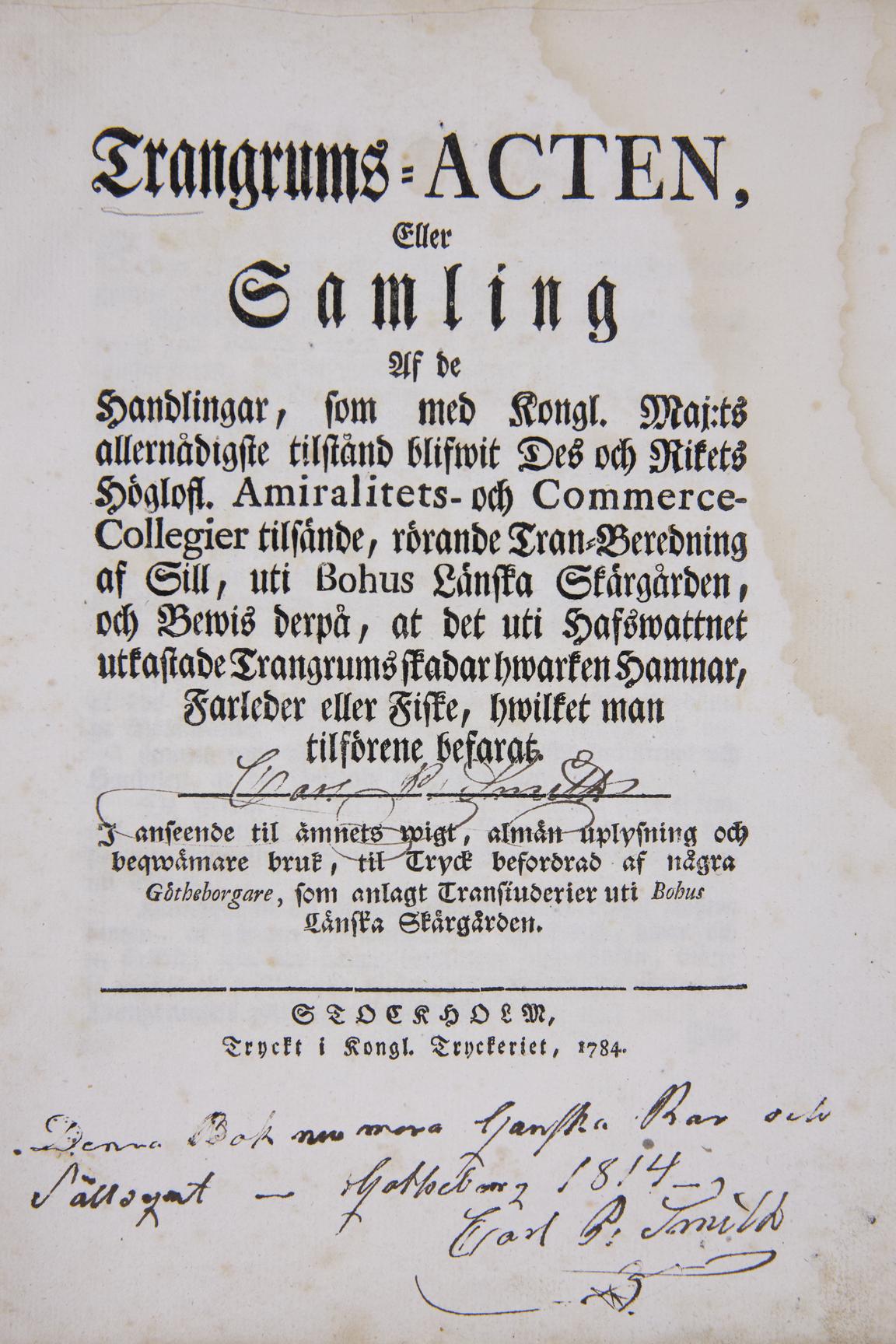
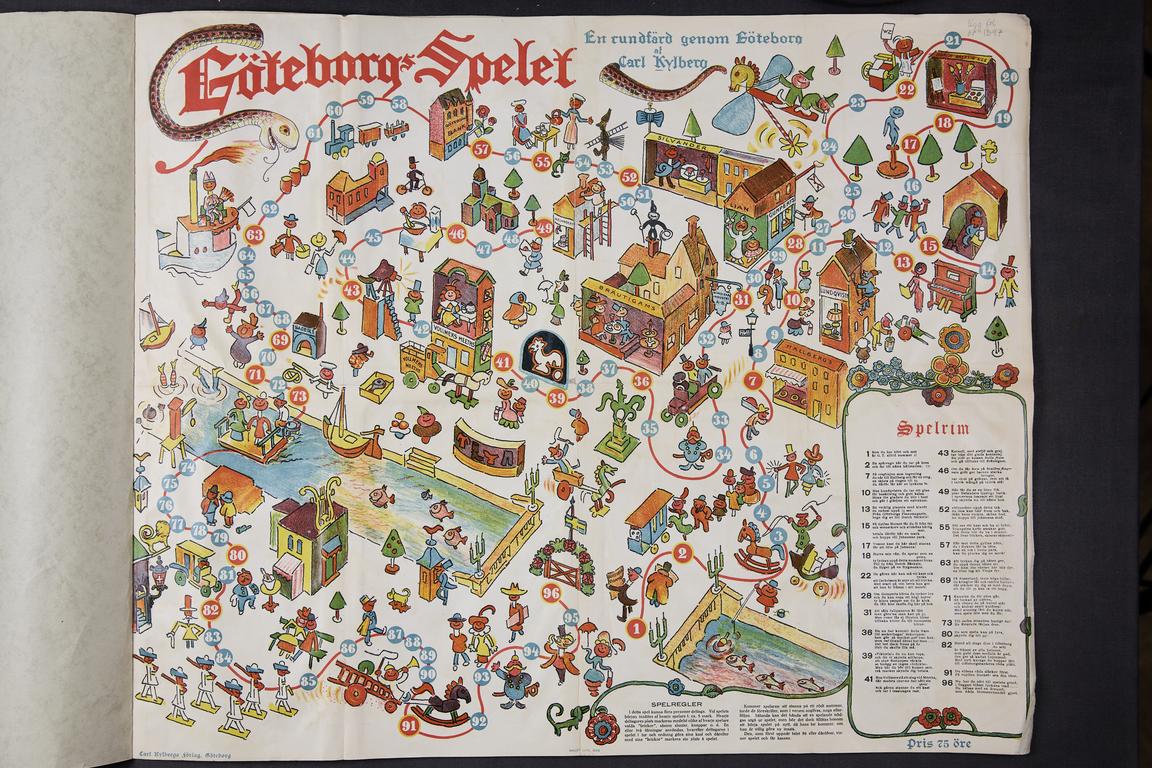
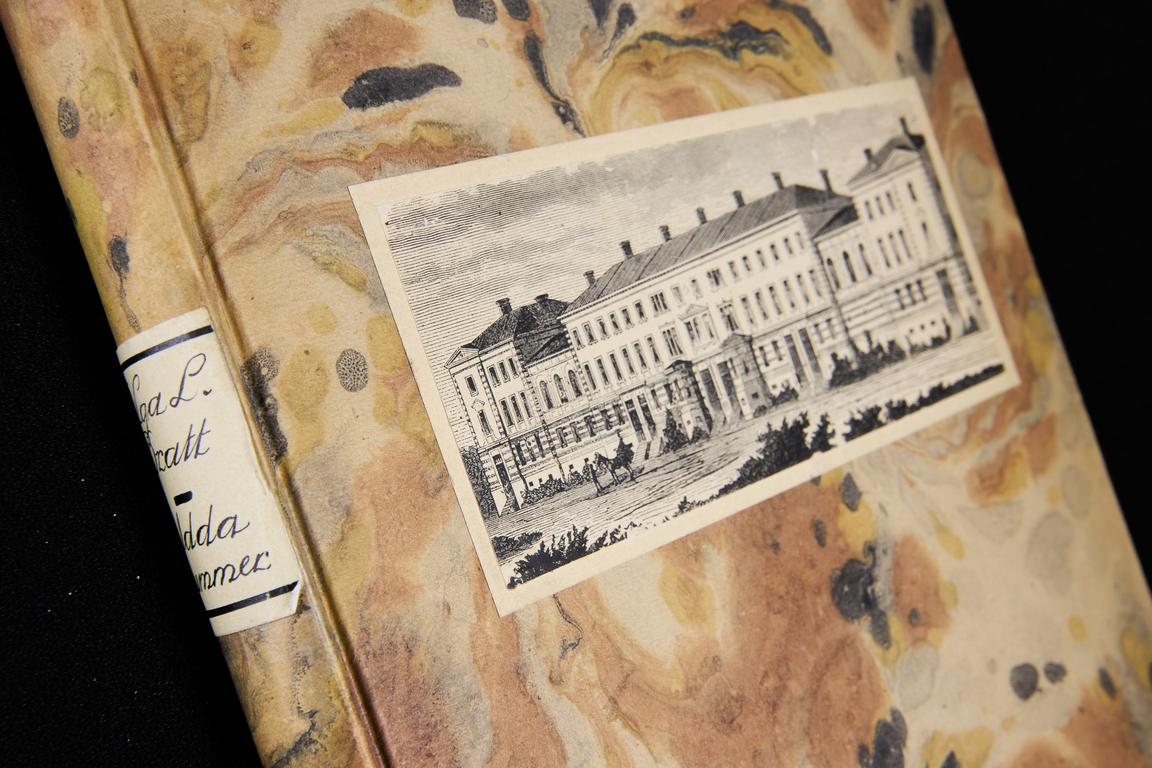
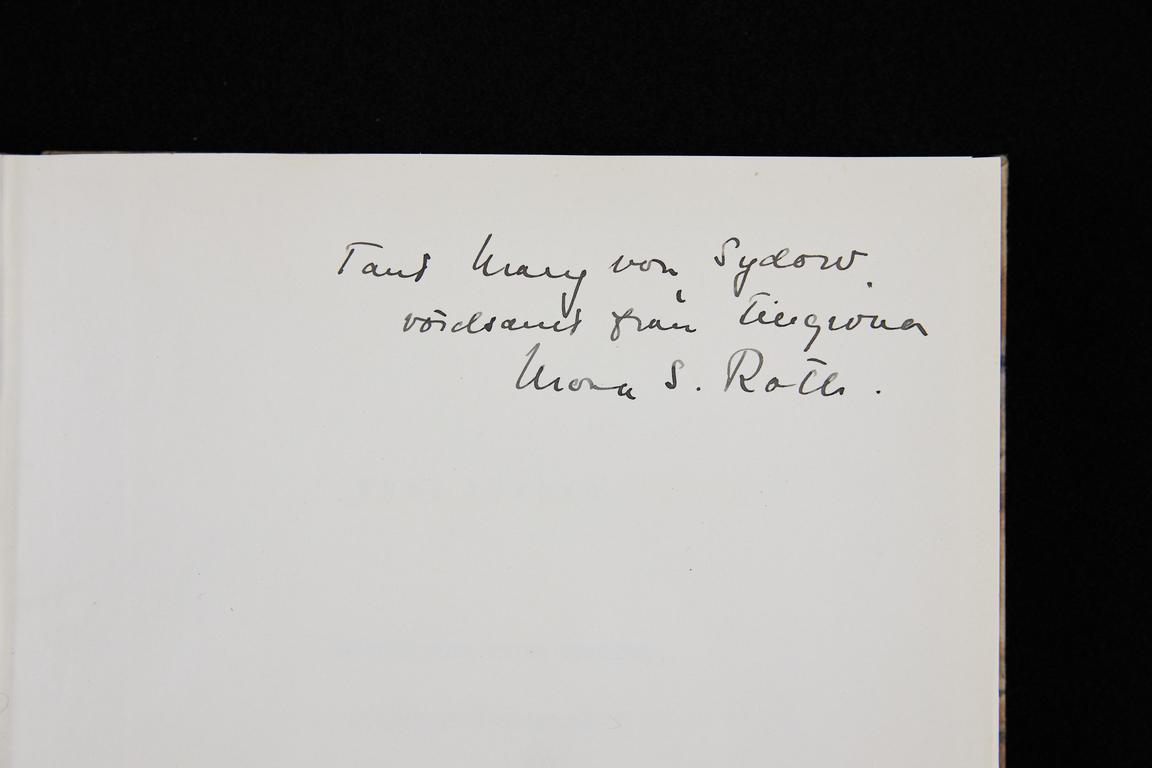

Access the collection
The collection is held in the closed stacks at the Humanities library. It is available for reading room use only.
Catalogue
The collection is catalogued in its entirety and is available through our online catalogues.
I Libris
I Supersök
Inventory
Gupea has an inventory of the collection.
Humanities library
Renströmsgatan 4
405 30 GOTHENBURG
Phone: 031-786 17 45
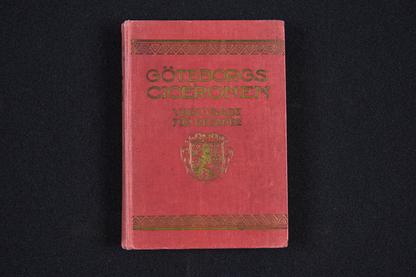
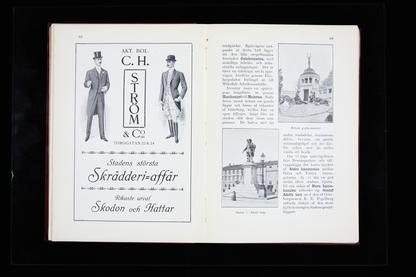
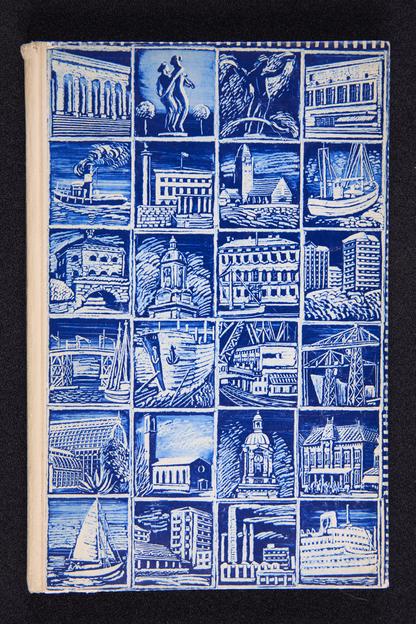
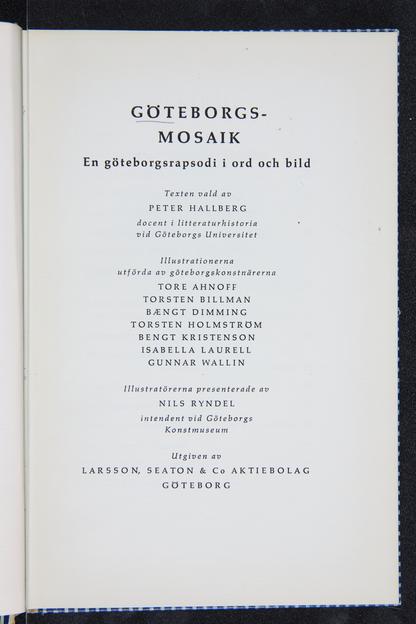

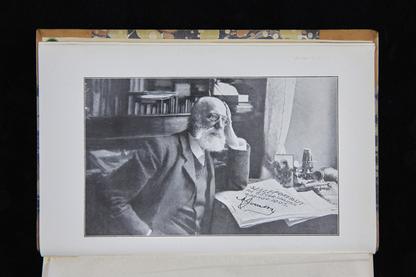
Text:
Andrea Bjurström
The collection has been catalogued by Stefan Benjaminsson.
Biography
Oscar Fredrik von Sydow (1873–1936) was the son of Maria Euphrosyne Modin and Henrik August von Sydow, the Mayor of Kalmar. Oscar became an orphan at three years old: within the span of a few weeks, his father died of a stroke, and his mother likely in childbirth, and the seven von Sydow siblings were separated. In 1882, nine-year-old Oscar was taken in by a foster family in Östersund. He eventually studied law in Uppsala and graduated as a Master of Laws at 21. Oscar von Sydow held a lot of political appointments in his active years, including the position as County Governor of Norrbotten (1911-1917), Minister for Civil Service Affairs ( (1914-1917), and County Governor of Göteborg and Bohuslän (1917–1934). As the County Governor of Gothenburg, von Sydow was, among other efforts, very active in the preparation and carrying out of the grand Gothenburg Tercentennial Jubilee Exposition, held in 1923. For eight months, between February and October 1921, Oscar von Sydow served as Prime Minister of Sweden. During this time, he headed a coalition known as a fackmannaministär appointed by King Gustaf V after Louis De Geer had been forced to resign. Despite the fact that the coalition was only temporary, von Sydow pursued a number of issues while appointed Prime Minister, the most important of which was perhaps the abolition of the death penalty. In 1934, Oscar von Sydow was made Honorary Doctor of Philosophy at the Gothenburg College, and a Knight of the Order of the Seraphim (formally, for Swedish citizens, a Knight and Commander of the Orders of His Majesty the King) in 1935. From 1934 until the time of his death, he was Marshal of the Realm.
Mary von Sydow, née Wijk (1984–1957), was the daughter of merchant Erik Wijk and Emily Dickson, and firmly rooted in Gothenburg, her birthplace. In a portrait of Mary von Sydow, her daughter-in-law Marie-Christine von Sydow writes of her mother-in law: ”Our city likely never had such a fervent local patriot, and likely no more ardently dedicated guardian of its intellectual traditions.”
In 1911, Mary Wijk marries Oscar von Sydow, 11 years her senior. The union later makes her the wife of both a County Governor and a minister. The fact that these positions carried with them a host of tasks and duties is mirrored in the Oscar and Mary von Sydow Collection, not least through a host of calling cards and invitations to various dinners and charity functions. It is possible that Mary von Sydow's emphatic dedication to the marginalised groups in society was expected of a woman in her position, but when it came to women's sports, her interest seems to have been genuine, and in 1926 she opened the Women's World Games or the ”Ladies' Olympics” in Gothenburg. She was also active within the women's movement and in the political franchise, as well as chair of the local Gothenburg section of the Fredrika Bremer Association. A self-taught woman, she had great respect for academic training, and proposed that all women should be capable of providing for themselves in order to increase their safety and independence. Mary von Sydow's interests are mirrored in the collection, in everything from pamphlets advocating the universal vote, and talks on social work, to prints on sports and materials from various sports associations. June 30th, 1944, saw the establishment of the foundation Stiftelsen Fru Mary von Sydows, född Wijk, donationsfond.
The main purpose of the foundation is to:
- Benefit the care and education of children and youths
- Benefit scientific education or research
- Provide aid to those in need, and promote care of the needing elderly, sick or disabled
- Promote the nation's defense
The von Sydows had three children: Erik, born 1912, Kristian, born 1917 and Marie (m. Andréen) born 1919.
The Manuscript section at the Gothenburg University Library retains some of the correspondence of Oscar von Sydow. The KvinnSam archives at the Gothenburg University Library has the Mary von Sydow collection, item no. A 51.
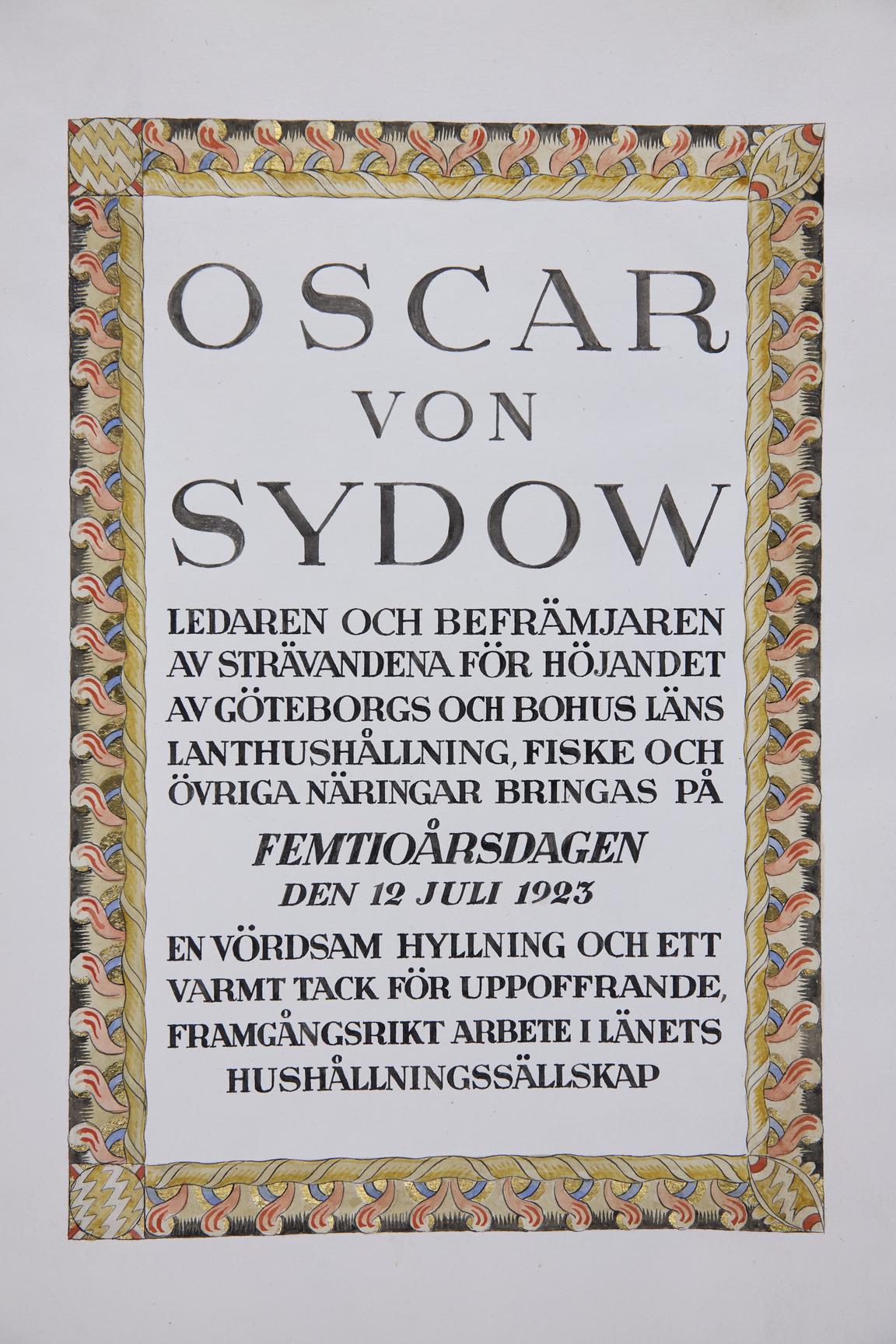
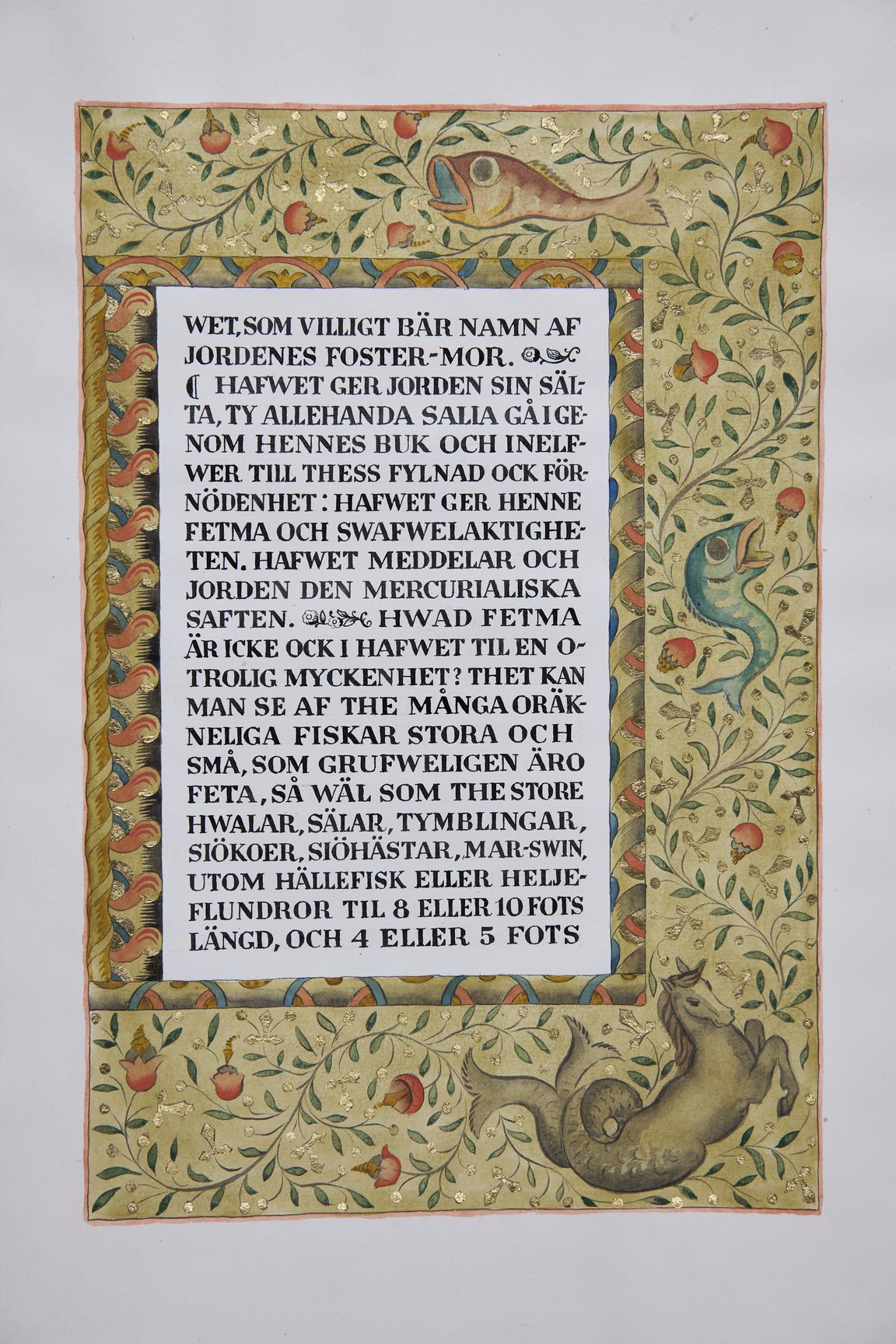
Read more
Kleberg, Tönnes, ed. ”Från bok -och biblioteksvärlden”. Nordisk tidskrift för bok- och biblioteksväsen 47 (1960).
Svensson, Eva-Maria. ”Mary Emily von Sydow”. In Svenskt kvinnobiografiskt lexikon. Accessed 20 november 2024. http://skbl.se/sv/artikel/MaryEmilyvonSydow.
Svensson, Per, Mats Bergstrand and Per T. Ohlsson. Oscar von Sydow. Sveriges statsministrar under 100 år. Stockholm: Bonnier, 2010.
Sydow, Marie-Christine von. ”Mary von Sydow”. In Min svärmor: tjugotvå svenska män och kvinnor presenterar sina svärmödrar, ed. Germund Michanek. Hågkomster och livsintryck : Ny serie 1. Uppsala, 1959.
Suggested research topics
- An overview of the collection's contents. What is represented here, and how does it mirror the time and context of the material?
- Bibliographical research. Comparisons with other similar collections.
- Local history of Gothenburg and Bohuslän in the 19th and 20th centuries.
- Upper class social life in Gothenburg in the first half of the 20th century.
- The Women's World Games of 1926.
- Design of menus and calling cards in the early 20th century.
- The Gothenburg Tercentennial Jubilee Exposition of 1923.
Please contact us if you have any suggested research topics you would like to share!